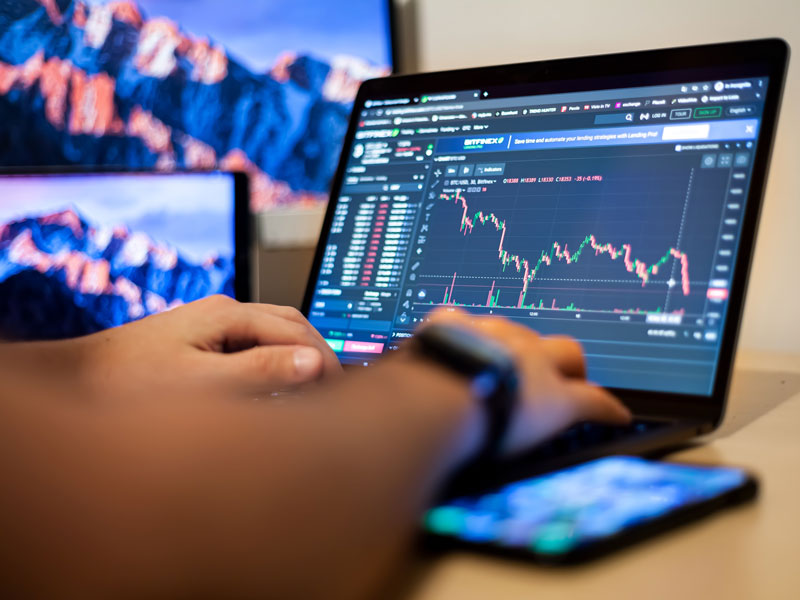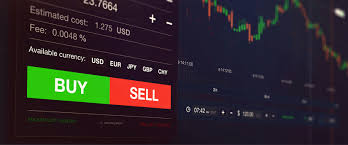- by 横川光恵
- 2025年11月10日
Understanding Forex Trading Times Optimize Your Trading Strategy 1634538469

The foreign exchange market, or forex, is the largest financial market in the world, with daily trading volumes exceeding $6 trillion. Understanding forex trading times Forex Brokers in Uganda and the optimal trading times is critical for maximizing potential profits in this fast-paced environment. In this article, we will explore the different trading sessions, their relevance, and how traders can leverage this knowledge to improve their trading strategies.
The Forex Market Structure
The forex market operates 24 hours a day, five days a week, divided into major trading sessions: the Sydney session, the Tokyo session, the London session, and the New York session. Each of these sessions corresponds to major financial hubs around the world, and trading activity varies significantly from one session to another.
1. Sydney Session (Open: 10 PM – Close: 7 AM GMT)
The forex market opens in Sydney, Australia. During this session, trading volume is relatively low compared to other major sessions. However, it’s an excellent time for traders who prefer a quieter trading environment and for those looking to follow news releases related to the Asia-Pacific region. The Sydney session tends to be more stable, making it appealing for risk-averse traders.
2. Tokyo Session (Open: 12 AM – Close: 9 AM GMT)
The Tokyo session sees increased activity as traders in Asia actively engage in the forex market. Japan, and particularly the Tokyo financial center, plays a significant role in this session. Currency pairs involving the Japanese Yen (JPY) typically experience more volatility during this period. Traders should monitor economic news releases from Japan and neighboring countries, as they can significantly impact currency movements.
3. London Session (Open: 8 AM – Close: 5 PM GMT)
The London session is considered one of the most important sessions in the forex market due to the high trading volume and liquidity. This is because the London Stock Exchange is the largest in Europe, and many investors and institutions trade during these hours. As the session overlaps with both the Tokyo and New York sessions, it is often characterized by increased volatility, providing opportunities for skilled traders to capitalize on price movements across various currency pairs.
4. New York Session (Open: 1 PM – Close: 10 PM GMT)
The New York session is the second-largest trading session after London due to the massive financial influence of the United States. Trading volume spikes as US economic data is released, and the markets react accordingly. Currency pairs involving the US Dollar (USD), such as EUR/USD or GBP/USD, tend to exhibit higher liquidity and volatility during this session. Many traders close their positions before the end of this session to avoid overnight risks.
Trading Strategies Based on Sessions

Different trading strategies can be employed depending on the time of day and the trading session. Here are a few strategies that traders often use:
1. Scalping
Scalping is a short-term trading strategy where traders look to make small profits from numerous trades throughout the day. This strategy is most effective during the London and New York sessions when market activity is at its peak. Scalpers often use 1-minute or 5-minute charts to detect price movements and capitalize on small fluctuations.
2. Day Trading
Day trading involves buying and selling currency pairs within the same trading day. Traders typically focus on the London and New York sessions due to their high liquidity. Key economic indicators released during these hours can lead to significant price movements, providing opportunities for day traders to make quick entries and exits.
3. Swing Trading
For traders who prefer a longer-term approach, swing trading may be suitable. Swing traders look to capitalize on price swings and trends over several days or weeks. They often analyze chart patterns and use technical indicators to make their decisions. Swing trading can be applied at any time, but it is essential to keep track of significant economic events that could affect market conditions.
Important Considerations
While knowing the trading sessions is crucial, traders should also consider the following:
- Economic Calendars: Stay informed about scheduled economic releases and events that could impact the forex market. Factors such as interest rate announcements, employment reports, and geopolitical news can influence currency volatility.
- Market Sentiment: Be aware of market sentiment and trader behavior. Keeping an eye on social media, forums, and news articles can provide insights into broader market trends.
- Risk Management: Always implement a sound risk management strategy. This includes setting stop-loss orders, determining position sizes, and understanding your risk tolerance.
Conclusion
Understanding forex trading times is a vital element for anyone serious about trading in the forex market. Each trading session offers unique opportunities, risks, and characteristics. By aligning trading strategies with the different market sessions, traders can optimize their potential for success. Remember always to stay informed, focus on sound trading practices, and be mindful of market conditions to navigate the complexities of forex trading successfully.